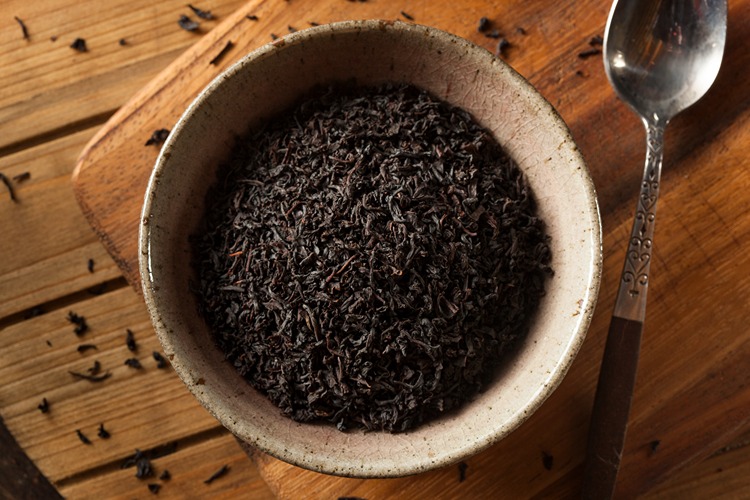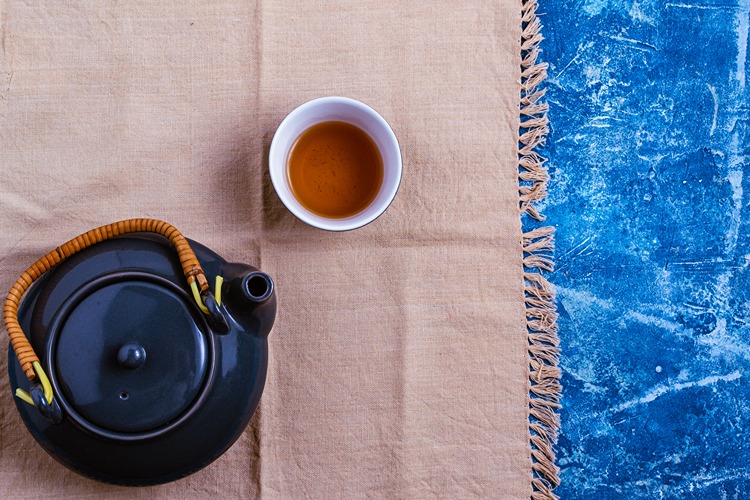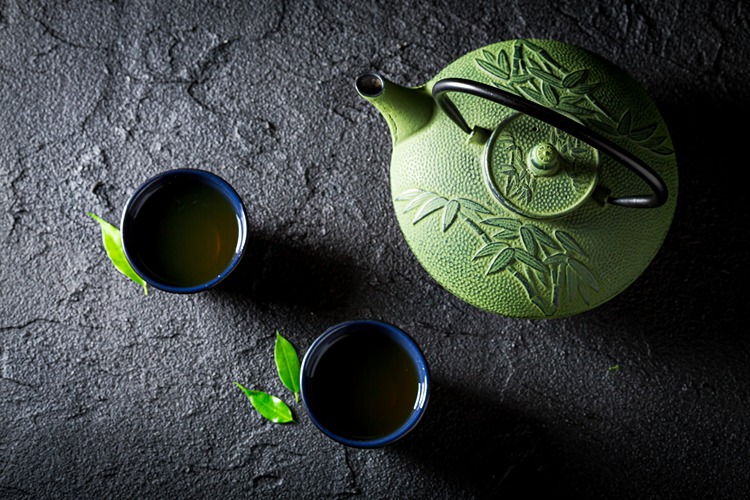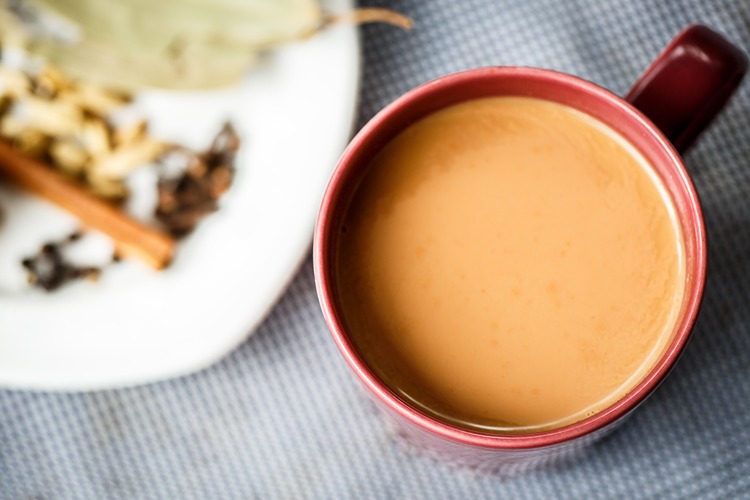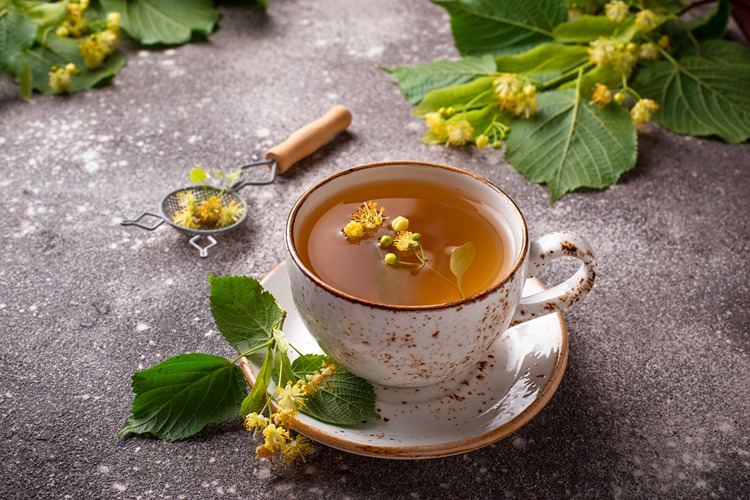When it comes to brewing tea, the temperature of the water used is a critical factor that can greatly influence the flavor, aroma, and overall experience of enjoying a cup of tea. Different types of tea require specific water temperatures to extract their unique flavors, delicate aromas, and health benefits. In this comprehensive guide, we will delve into the world of tea brewing temperatures, exploring the optimal water temperatures for various tea types. So, prepare your teapots, get ready to explore the art of tea brewing, and discover the perfect cup with the ideal water temperature.
Understanding the Significance of Water Temperature
The temperature of the water used for brewing tea plays a crucial role in extracting the desired components from the tea leaves. Different compounds, such as catechins, polyphenols, and volatile oils, are released at specific temperatures, ultimately influencing the taste and quality of the brewed tea. Brewing tea at the wrong temperature can lead to an imbalanced cup with flavors that may be too weak, bitter, or astringent. By understanding and utilizing the optimal water temperatures, you can unlock the full potential of the tea leaves and create an exquisite cup of tea.
Water Temperatures for Different Tea Types
1. White Tea
White tea is known for its delicate flavors and subtle nuances. To extract the gentle notes of white tea, it is recommended to use water with a temperature ranging between 160°F (71°C) and 175°F (79°C). Steep the tea leaves for approximately 2-3 minutes to allow the flavors to fully develop and create a light, refreshing cup of white tea.
2. Green Tea
Green tea offers a range of flavors, from grassy and vegetal to floral and nutty. The optimal water temperature for most green teas falls between 175°F (79°C) and 185°F (85°C). Steep the leaves for 2-3 minutes to achieve a balanced cup of green tea. Be mindful not to exceed the recommended time, as it may result in a bitter taste.
3. Oolong Tea
Oolong teas have a diverse range of flavors, with some varieties resembling green tea, while others have characteristics similar to black tea. For most oolong teas, a water temperature between 185°F (85°C) and 205°F (96°C) is recommended. Steep the leaves for 3-5 minutes, adjusting the brewing time based on your preference for a lighter or stronger cup of oolong tea.
4. Black Tea
Black tea is known for its bold, robust flavors, making it a popular choice for those seeking a stronger cup of tea. To bring out the rich and full-bodied taste of black tea, use water at a temperature ranging from 205°F (96°C) to 212°F (100°C). Steep the leaves for 3-5 minutes, or longer if you prefer a more robust and intense flavor profile.
5. Herbal Tea
Herbal teas, also known as tisanes, are not derived from the Camellia sinensis plant and encompass a wide variety of caffeine-free infusions. Since herbal teas consist of different herbs, flowers, and spices, the ideal water temperature can vary depending on the ingredients used. As a general guideline, a temperature between 200°F (93°C) and 212°F (100°C) can be suitable for most herbal teas. Steep the herbal blend for 5-7 minutes, allowing the flavors to fully infuse and create a soothing and aromatic cup of herbal tea.
Tips for Achieving the Optimal Water Temperature
To ensure you achieve the ideal water temperature for brewing tea, consider the following tips:
- Use a thermometer: Invest in a reliable thermometer to accurately measure the water temperature. This will help you achieve consistency in your brewing process and ensure that you are using the appropriate temperature for each tea type.
- Bring water to the right temperature: Boil water and then let it cool down to the desired temperature. For instance, if you need water at 175°F (79°C) for green tea, allow the boiled water to sit for a few minutes until it reaches the desired temperature.
- Experiment and personalize: Tea brewing is an art, and personal preferences may vary. Feel free to experiment with different water temperatures and steeping times to discover the flavors that suit your taste buds the best.
FAQs
Q: Can I use boiling water for all types of tea?
A: While black teas can withstand boiling water temperatures, it is not suitable for all tea types. Boiling water can scorch delicate green and white teas, resulting in a bitter and unpleasant taste. It is essential to use the appropriate water temperature to enjoy the best flavors each tea has to offer.
Q: What if I don’t have a thermometer to measure the water temperature?
A: If you don’t have a thermometer, you can rely on visual cues and time the water after boiling. For example, for green tea, you can let the boiled water sit for 2-3 minutes to cool down slightly before brewing. It may require some trial and error, but over time, you will become more adept at estimating the right temperature.
Q: Can I reuse the same water for multiple infusions?
A: Some tea enthusiasts enjoy multiple infusions from the same tea leaves. However, it is essential to adjust the steeping time and water temperature for subsequent infusions. Lower water temperatures and shorter steeping times are generally recommended for the second or third brew to prevent the tea from becoming overly bitter.
Additional Resources
For further information and resources on tea brewing and its related topics, consider exploring the following official websites:
- TeaClass.com: A comprehensive online resource that offers courses, tutorials, and articles covering various aspects of tea, including brewing techniques, tea history, and tea culture.
- TeaSommelier.com: The official website of the Tea Sommelier Certification Program, providing insights into the art of tea appreciation, professional tea tasting, and the role of a tea sommelier.

